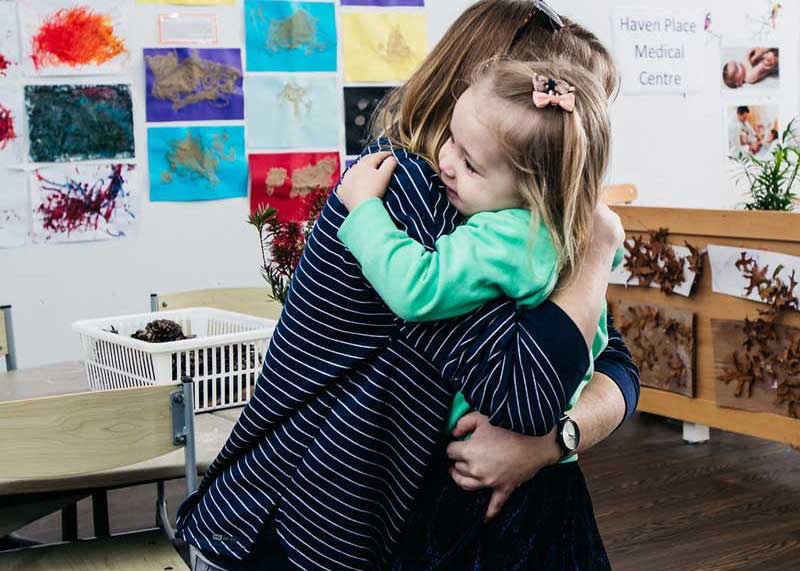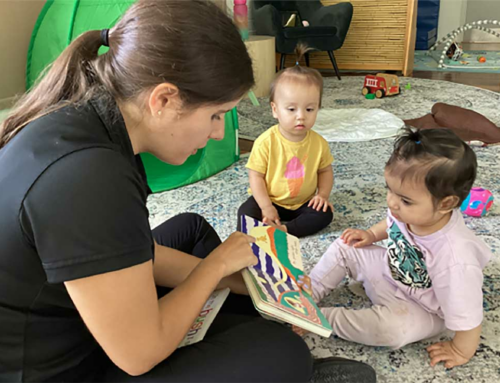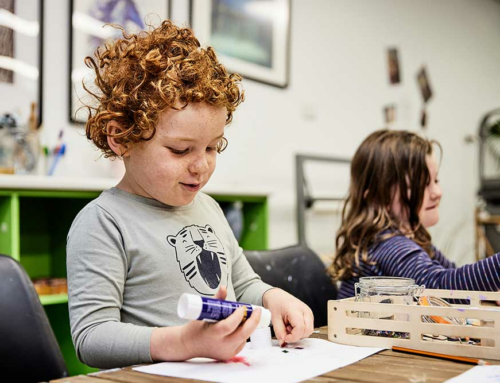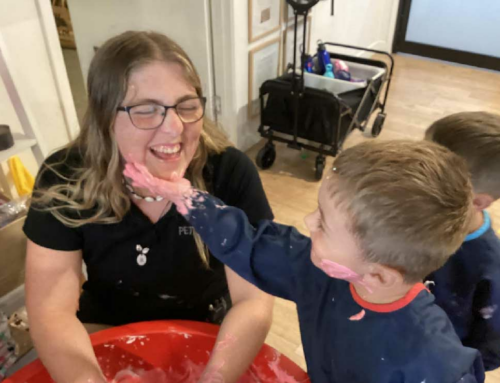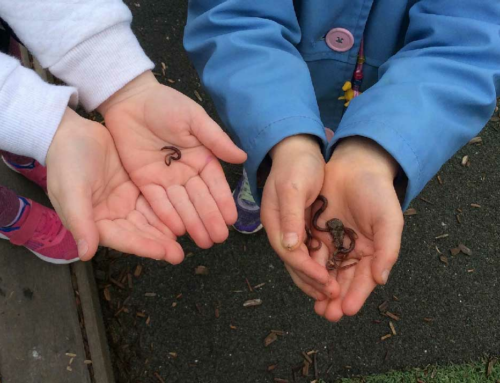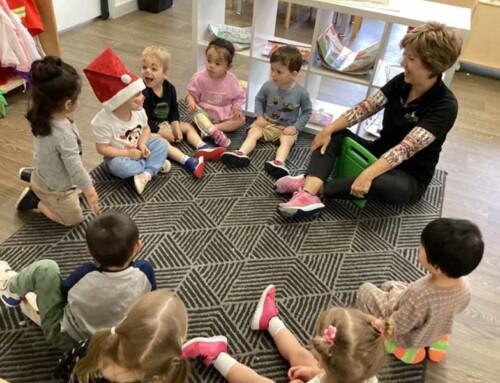Knowing first aid for children can make the difference between preserving life and improving the recovery process. There’s nothing worse than being in a situation where your child is hurt and you’re not sure how to react or what to do to make it better.
Owies can happen anywhere and at any time. While hugs may be the answer, the first few minutes after an accident or medical incident can make a huge difference.
Children are naturally inquisitive and full of adventure. Getting hurt and managing owies is also a natural part of childhood. They’re going to trip, fall over and scrape their knees. And there will be days when they don’t feel well and have a raised temperature.
In this article, we provide parents with general tips on emergencies, treating burns, scraps and other owies. For more in-depth advice, we recommend enrolling in a first aid course for treating babies and children.
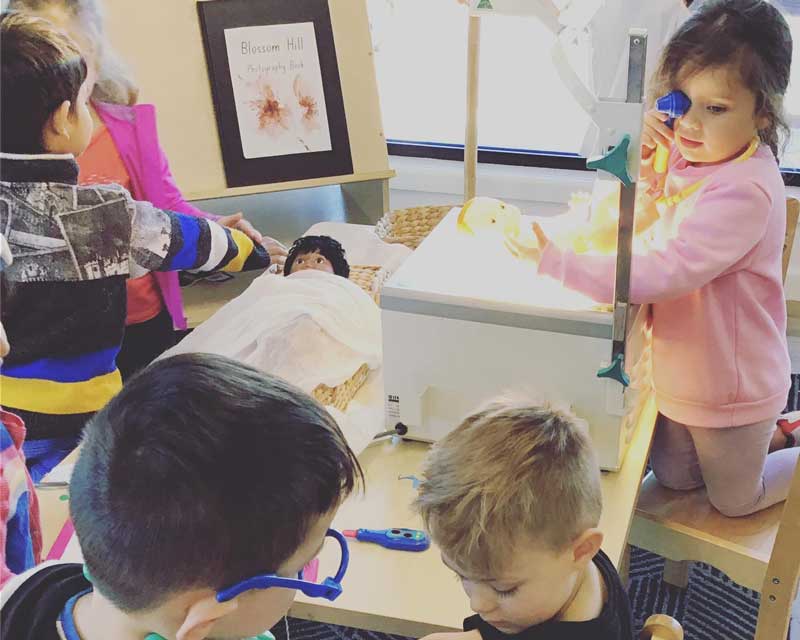
First aid for babies and other children
First aid is about using what you know in ways that will keep adults and children safe without harming them. When you’re the first person at an incident or accident, you’re the first responder, and it’s your responsibility to give aid or find it.
In an emergency, especially when children are involved, it’s essential to stay calm and act responsibly. First Aid Fast for Babies and Children (2017) edited by Dr Vivien J Armstrong recommends four vital steps in taking action during an emergency:
- Assess the situation: Find out how did it happen, who is hurt, how many, is it safe to approach and do you need to call for help?
- Safety is important: Don’t injure yourself. Remove any source of danger, and only move your child if it is safe for you and their safety.
- Treat serious injuries first: Clear obstructed airways, especially when a child is unresponsive, and stem serious bleeding.
- Get help: Shout for help early and ask others to clear the area. Help with first aid and call for an ambulance.
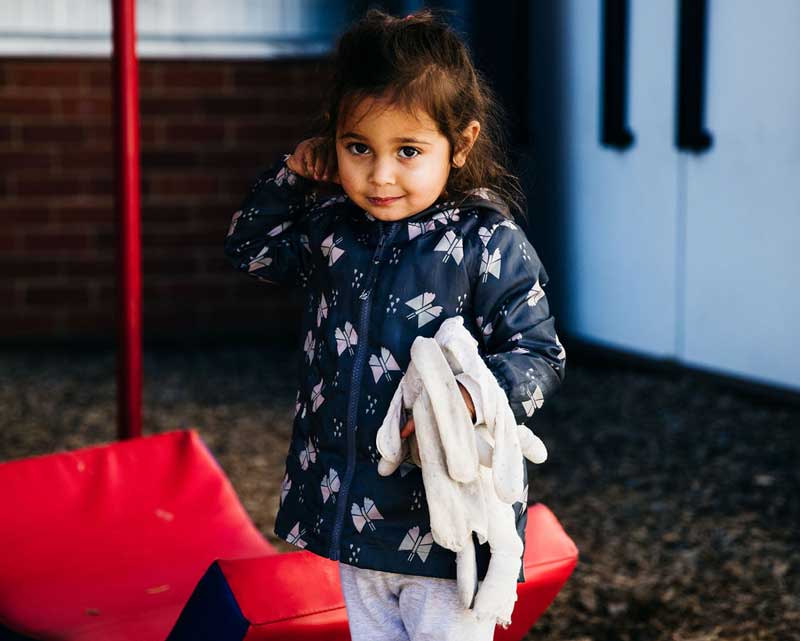
First aid for children’s cuts and grazes
It’s common for children to fall over and get cuts and scrapes. When they play, walk, run, or do any sport, cuts and abrasions are bound to happen on almost any part of their body. Toddlers are prone to falls but often get straight back up and continue to play.
Once you’ve assessed that their cut or graze is not a serious injury, provide your child with comfort. If it’s the first time they’ve fallen or even the hundredth, hug your child and let them know how brave they are as you begin to clean their wound.
Sit your child down and soothe them. Let them hold their comforter if it’s at hand and doesn’t interfere. If there’s another person with you, they can gently hold your child’s hand while you get to work on stopping any possible infection.
Start by gently washing the wound with soap and water. To make it easy to apply first aid for children, keep a first aid kit at home and in the car. Use some gauze (not cotton wool) to clean the wound. If the area is dirty, clean the wound under running water.
Make sure to remove any loose particles like dirt and pebbles from the wound with the corner of the gauze or under running water. This action may hurt a little and cause the wound to bleed, but it will clean the injury.
If you can’t clean it well enough, take your child to your nearest GP or hospital.
Apply pressure to the cut to stop any bleeding. Pat the area dry with a clean gauze pad. Cover children’s cuts and grazes with a plaster that is large enough to cover the injury. Minor wounds don’t usually require any specialised medical treatment.
If the wound becomes infected or it won’t stop bleeding, take your child to your doctor or nearest hospital. Ensure your child’s tetanus immunisations are up to date as this will help protect them from bacteria found in the soil.
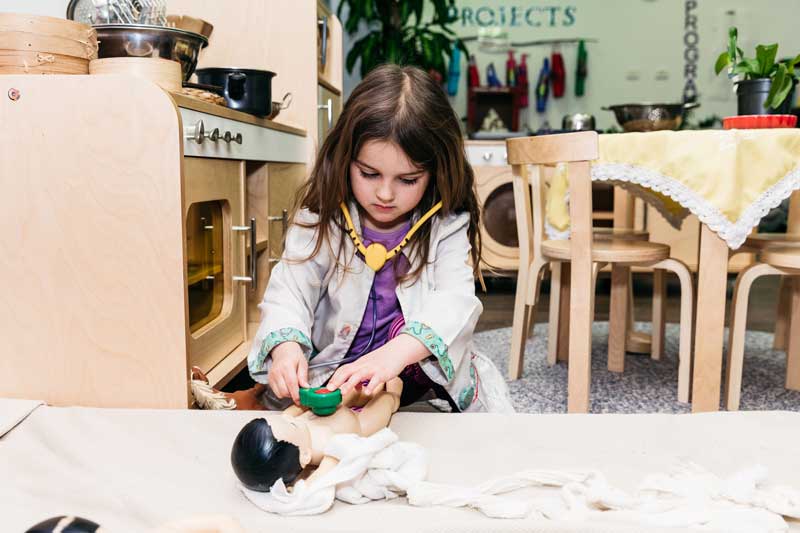
Treating children’s burns
One of the leading types of injuries in children is burns and scalds. Toddlers are most at risk because of their innate curiosity and desire to explore. Prevention is always the best cure. It only takes a few minutes to assess the risk and make changes to your environment to avoid an injury.
Always supervise babies and children near hot objects, including that cup of coffee. Test the temperature of baths and showers and, if outdoors near BBQs or open fires, keep a close eye on your child.
When your child is burnt or scalded, the best action is to treat the injury straight away. Avoid the temptation to reach for an ice cube, ice pack or ice water as it can make the body too cold. First aid for children recommends running external burns and scalds under room temperature or cool water.
Gently, remove any jewellery or clothing around the burn. Run the burn or scald under room temperature or cool water for 20 minutes. Repeat the process for up to three hours after the burn. Keep your child warm and only target the burnt or scalded injury.
If the burn is minor, does not blister and your child settles, the Royal Children’s Hospital in Melbourne advises not to take your child to the hospital. However, if the injury is deep, greater than 3cm, blisters or is on any part of the face, hands and genitals, or internal such as inside the mouth or throat, seek medical advice.
If in any doubt at any point, you should always seek professional advice from a medical expert.
Aside from not using ice, you should also not apply any creams, lotions or food items (like a frozen piece of steak) to the injury. These types of things can make an injury worse.
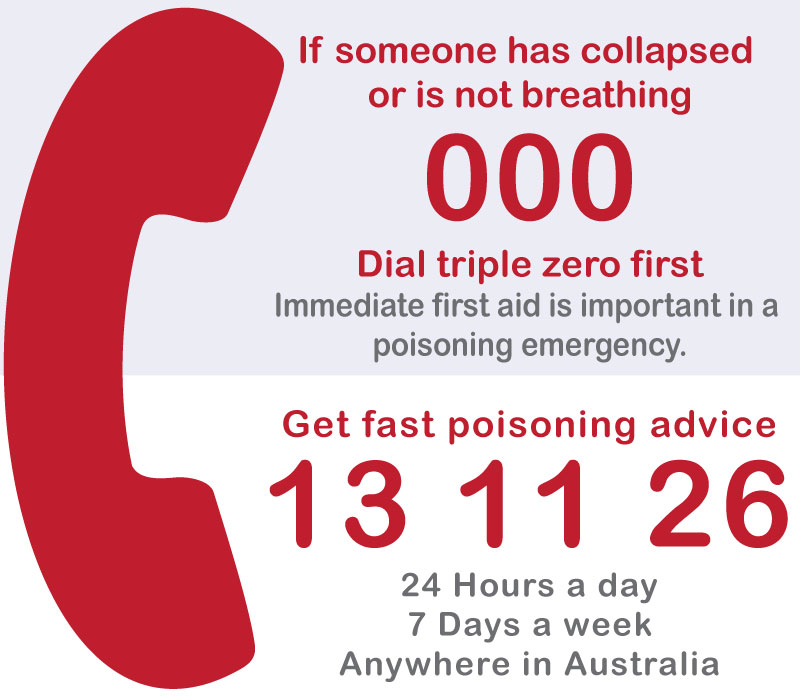
First aid for children with stings
Playing outside, walking through grass or even on paths around parks, there’s bound to be wasps, bees or other stingers nearby. While these may be very painful, they’re rarely dangerous unless your child has an allergic reaction.
Soothe your child and sit them down. See if the stinger is still in the skin. If so, remove it by brushing the stinger off sideways with your nails or an ATM card. Avoid removing it with tweezers as this could cause more poison to release.
Grab an ice pack and place it over the injured area for about twenty minutes. If swelling or pain persists, seek medical advice.
If there are any signs of anaphylaxis, immediately call an ambulance.
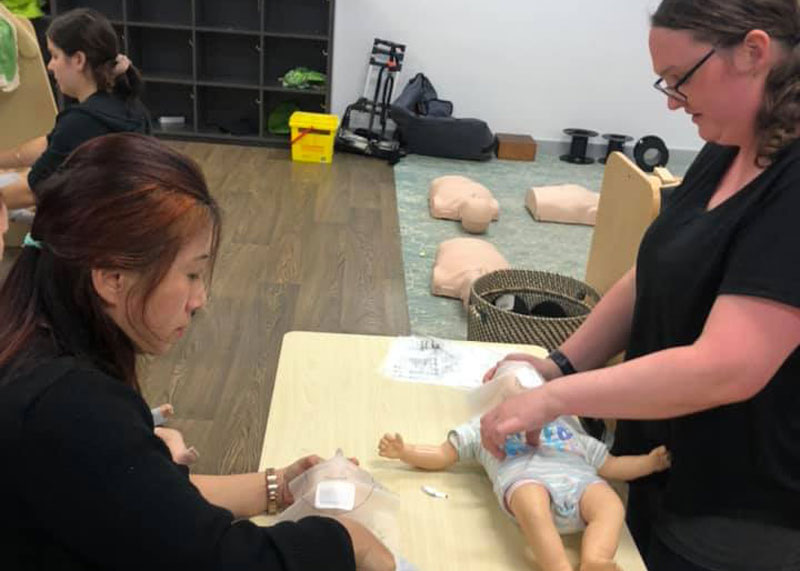
Where to find more information on first aid for children
Many organisations promote first aid for children courses. Some are accredited while others focus on providing families with the confidence and knowledge they need to care for their babies and children.
Check out your local hospitals, like Brisbane Mater Mothers, or organisations like the Red Cross and your local ambulance service, for courses designed for parents providing first aid for children.
If your child has an accident or incident, always assess the situation first and get help for serious injuries, incidents and allergic reactions. Don’t be too quick to provide pain medication as this may mask a serious injury.
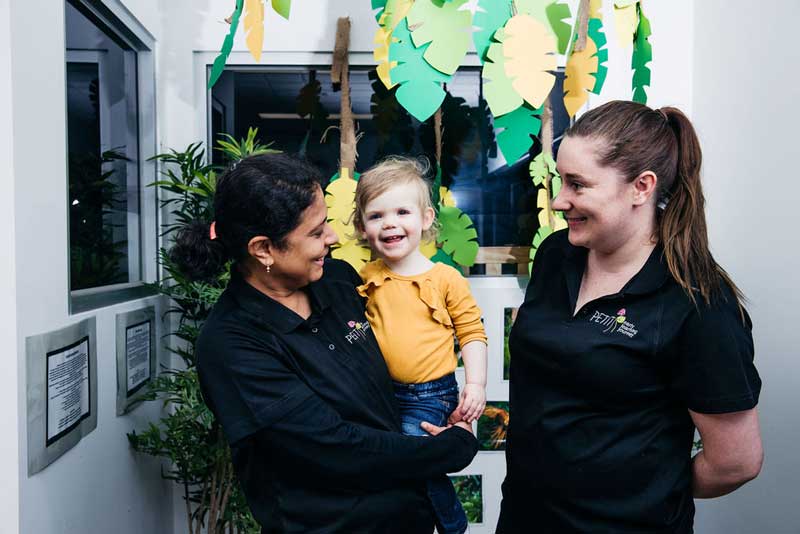
We take first aid for children seriously at Petit Early Learning Journey
At Petit ELJ, our teams are trained in providing first aid response for children, as well as the centre’s safety and evacuation responses. There is always a team member available with current approved anaphylaxis management training.
We regularly audit our teams’ first aid qualifications and provide them with regular first aid refresher training. If you’re seeking a centre that genuinely cares about health and safety, provides soothing care for owies, no matter how small ,and responds quickly to first aid for children, come for a tour and talk to your nearest Centre Director.
